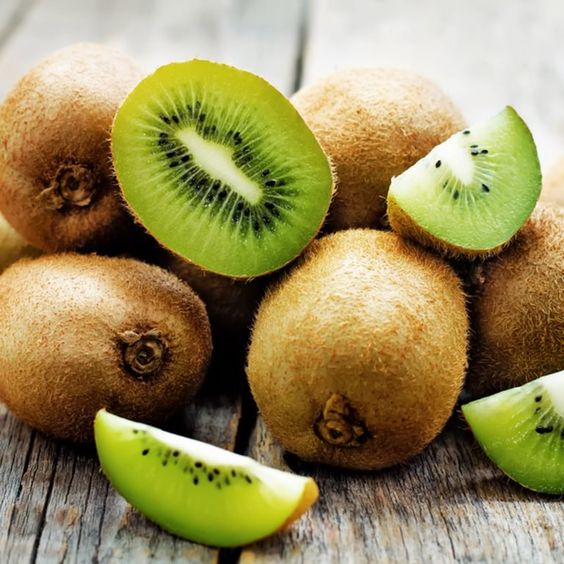Cultivating Growth: How Smart Agriculture Market Expansion in the Ag Sector
Agriculture Market Expansion global landscape is facing a multitude of challenges. From a rising population and changing weather patterns to resource scarcity and fierce competition, the pressure is on to produce more food, more efficiently, and with a smaller environmental footprint.
Enter smart agriculture, a technological revolution transforming the way we farm. By leveraging data, automation, and innovative tools, smart agriculture empowers farmers to optimize their operations, increase yields, and make informed decisions. But beyond improving on-farm practices, smart agriculture also plays a crucial role in expanding agricultural markets. Here’s how:
Contents
Enhanced Product Quality and Consistency:
Consumers today are increasingly demanding high-quality, safe, and traceable food. Smart agriculture helps farmers achieve this by:
- Precision agriculture techniques: Sensors monitor soil health, moisture levels, and nutrient content, allowing for targeted application of fertilizers and pesticides. This reduces waste, optimizes resource utilization, and promotes healthier crops.
- Real-time data analysis: By monitoring environmental factors and crop growth stages, farmers can adjust irrigation, fertilization, and pest control practices to ensure optimal conditions for specific crops. This translates to higher-quality produce with consistent characteristics.
- Improved traceability: Blockchain technology and smart sensors can track a product’s journey from farm to fork, providing consumers with transparent information about its origin, production methods, and safety standards.
Opening New Market Opportunities:
Agriculture Market Expansion Smart opens doors to previously inaccessible markets by:
- Vertical and indoor farming: These technologies make it possible to grow crops in controlled environments, closer to urban centers. This reduces reliance on traditional farmland, allows for year-round production, and caters to the growing demand for fresh, locally-sourced food.
- Precision agriculture for niche markets: Smart tools enable farmers to cater to specific consumer preferences by optimizing growing conditions for unique crops or even specialty varieties. This allows them to tap into niche markets with premium prices.
- Reduced food waste: By optimizing storage and transportation conditions through real-time monitoring and data analysis, smart agriculture minimizes post-harvest losses. This ensures that more food reaches consumers, contributing to global food security and market stability.
Empowering Small-Scale Farmers:
Small farms often struggle to compete with large-scale operations. Smart Agriculture Market Expansion levels the playing field by:
- Affordable sensors and data analytics tools: Advancements in technology have made smart agriculture tools more accessible and affordable for smaller farms. This allows them to compete on quality and efficiency, even with limited resources.
- Improved market access: Online platforms and digital marketplaces facilitated by smart agriculture connect small-scale farmers directly with consumers and retailers. This eliminates middlemen, increases profit margins, and opens up new market opportunities for them.
- Data-driven decision making: Through access to real-time data, even small farmers can make informed decisions about resource allocation, pest control, and crop selection. This empowers them to optimize their yields and navigate market fluctuations effectively.
Building Sustainability and Resilience:
Consumers are increasingly concerned about the environmental impact of food production. Smart Agriculture Market Expansion fosters sustainable practices by:
- Precision water management: By utilizing real-time data on soil moisture and weather conditions, farmers can optimize irrigation, reducing water waste. This becomes especially important in drought-prone regions.
- Reduced reliance on chemical inputs: Precision agriculture techniques allow for targeted use of fertilizers and pesticides, minimizing environmental pollution and promoting soil health.
- Climate-smart agriculture: Smart tools help farmers adapt to changing weather patterns by optimizing growing conditions and selecting drought-resistant varieties. This helps build resilience against climate change and ensures long-term market stability.
Fostering Collaboration and Transparency:
Smart agriculture fosters a more collaborative and transparent Agriculture Market Expansion ecosystem by:
- Data sharing platforms: These platforms allow farmers to share information and best practices, promoting knowledge transfer and collective problem-solving.
- Supply chain transparency: Smart tracking and tracing technologies create a more transparent supply chain, ensuring responsible sourcing and ethical practices throughout the production process.
- Improved market information: Real-time access to market data allows farmers to make informed decisions about pricing, crop selection, and resource allocation, fostering a more efficient marketplace.
Conclusion: Agriculture Market Expansion
The rise of smart Agriculture Market Expansion is revolutionizing the agricultural sector, not just by optimizing on-farm practices, but also by facilitating market expansion. By producing higher-quality, more consistent products, opening doors to new markets, and empowering small-scale farmers, smart agriculture paves the way for a more sustainable, resilient, and profitable agricultural future. As technology continues to evolve, the possibilities for smart agriculture and its impact on market expansion are limitless. By embracing innovation and collaboration, the Agriculture Market Expansion sector can ensure a future where food security and market prosperity go hand-in-hand.




